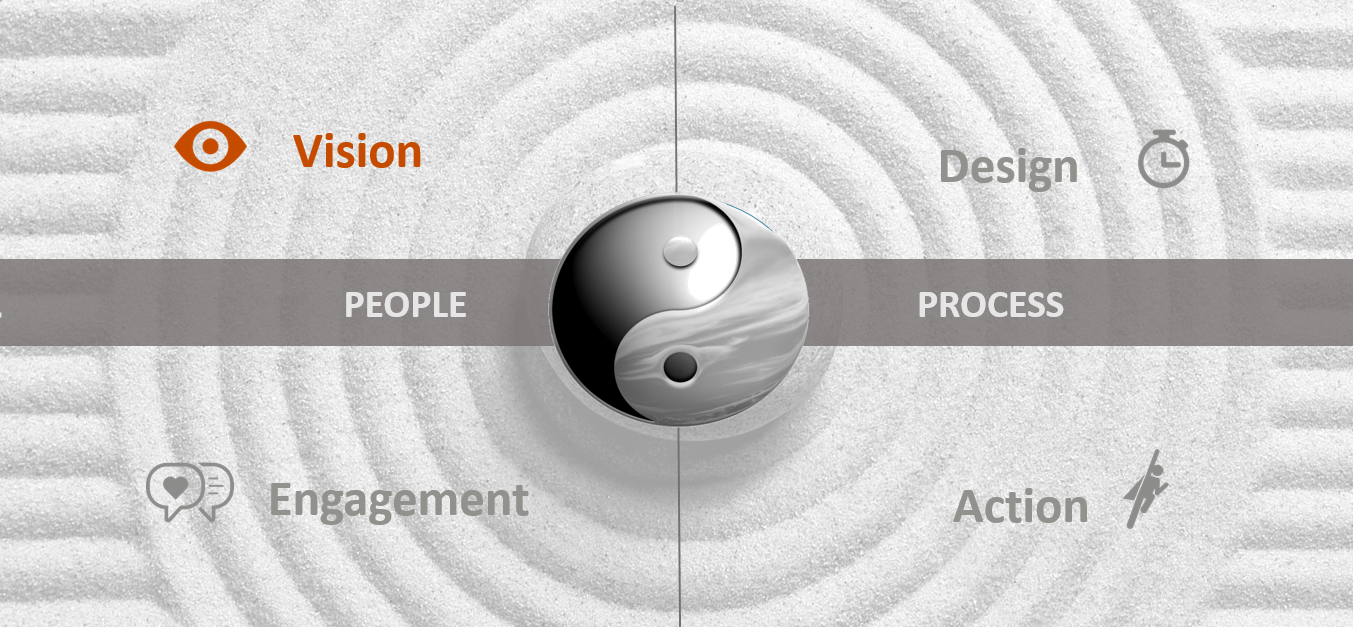Commentary
Can the voice of the customer drive transformational change?
There's a general assumption in business today that change is good, but we can't launch into change for the sake of it. There needs to be a clear business imperative, meaning the ability to define and measure change, demonstrating value. To do this, we need to go to the bottom line.

April 25, 2017
By Claire Sporton,VP, customer experience management, Confirmit
There's a general assumption in business today that change is good, but we can't launch into change for the sake of it. There needs to be a clear business imperative, meaning the ability to define and measure change, demonstrating value. To do this, we need to go to the bottom line.
There are three ways in which the customer experience can have a transformational impact on an organization: revenue increase, cost reduction and culture change.
Revenue increase and cost reduction are cold hard facts, and they form at least part of the basis of many individuals' performance appraisal. So, to drive change, we need to help people understand how changing their behavior will enable them to hit their targets. It is only through individuals changing their behavior on a daily basis that we can deliver long term, company-wide culture change.
How do you make it happen?
There are two elements to address in delivering changes that will transform the customer experience; people and process, and it's vital to look at both. By creating new processes without focusing on people, you’ll build systems that work in theory, but won't operate effectively in the real world. Too much focus on making people feel great about change will fail if you don't implement the processes to support them.
To deliver business value, we need to bring people and processes together. There are four areas to consider that will enable you to build a customer experience program that will drive the right type of change, impacting the bottom line and changing the culture of your company to support ongoing evolution. These areas are: vision, design, engagement and action.
 Vision
Vision
An effective CX vision needs to be tangible, particularly for employees who aren’t customer facing and don't understand how their role impacts the customer experience. A vision should be based on a solid plan. One leading financial institution found that being number one for NPS in their industry within their specific geography would provide significant financial benefit and focused on that. Their vision concentrated on hitting that top spot, by a specific date, but most importantly, identified key steps in the customer journey they needed to concentrate on.
With a vision like this, you're able to explain how each team can impact one or more of those touchpoints to improve the customer experience. This makes it real for people in back-office roles and connects them to the process so they have a sense of ownership and practical guidance for taking action.
Design
CX "voices" design is about listening to all the right people, using the right channels and the right touchpoints. Once these voices are integrated with other business insights, you begin to understand the action you need to take.
The best advice for the design phase is to develop a framework on which you can build your overall program. By creating a library of questions to choose from at each touchpoint and ensuring consistency across all areas, you'll be able to prioritize actions across touchpoints and deliver immediate results.
Engagement
Engaging employees with your CX program is critical. The way to engage them is not purely through posters and communications programs. Instead, find simple ways to show your people how to do the right thing and ensure it's fun or rewarding for them to do so.
In many cases, the less prescriptive you are on what the "right thing" is, the better. For example, a leading motor manufacturer replaced its huge customer manual with a simple approach of treating customers as guests in employees' homes. Everyone knows how to do that, and when one person does it, colleagues will see that behavior, realize it succeeds and emulate it.
Action
This is where many programs can least afford to fail since actions drive the change businesses are striving for. The main reasons why programs fail:
- Getting lost in detail. It's vital to use concise, tailored, live reports that put the insights stakeholders need at their fingertips.
- Being a control freak. An effective CX team puts the insight into the hands of the rest of the business, giving individuals the power to drive change.
- Loss of focus. It's important to keep going back to that financial data, and prove the value and success of the program.
Customer experience has the power to transform businesses, as long as the leaders do not become a bottleneck. Put in place the right insights and measurement framework and allow teams to move forward and do the right thing.
To be transformational, change must go viral. Set the example, help the teams clearly define what good looks like, then let them define the changes in behaviors that are required, while measuring action and delivering business results.
But be realistic, you can deliver a big bang launch initiative in a two-day meeting, but that doesn't create true transformation. Change may start small and build incrementally, but you can be confident that this is true change that will stick and deliver significant business advantage to your organization. Most importantly, it will give you an engaged team that will be able to continue the transformational journey.





